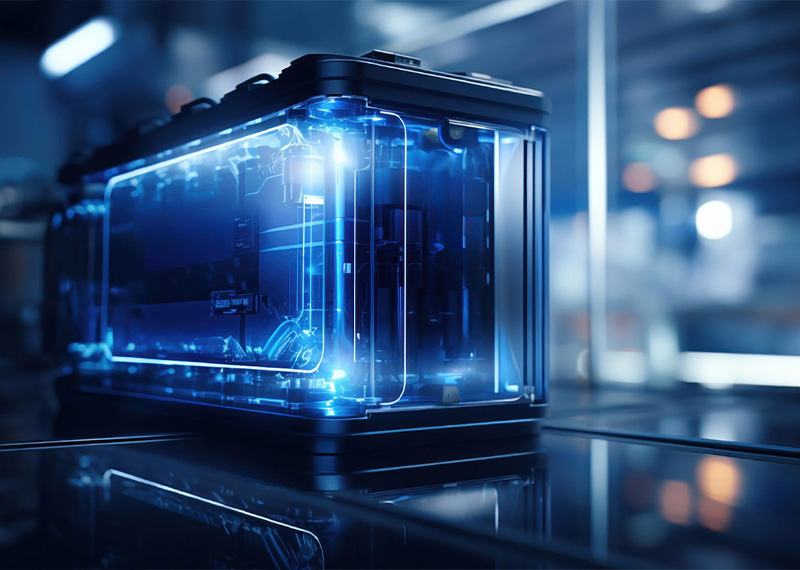Traditional Compensation Panels: Are They Lagging Behind Modern Systems?

Today, energy efficiency and system security are among the top priorities of electrical systems.
Today, energy efficiency and system safety are among the top priorities of electrical systems. However, traditional compensation panels are still used in many companies and facilities. Let's examine why this old design is inadequate compared to modern technology.
Shortcomings of Traditional Compensation Panels
1. Lack of Adaptation to Changing Load Conditions
Traditional compensation panels are based on the principle of fixed reactive power balancing. These designs cannot respond fast enough to instantaneous changes in energy demand. This situation may lead to energy losses with either over or under compensation.
2. Inability to Cope with Harmonic Pollution
While traditional devices are only used in active-reactive power balancing, modern devices take an active role in both active-reactive power balancing and solving harmonic problems.
3. High Maintenance Cost and Risk of Failure
Mechanical contactors and fixed capacitor groups are the basic components of traditional switchboards. These components wear out over time and cause the system to need frequent maintenance. Detecting and repairing faults is both time consuming and costly.
4. Inadequate Adaptation to Modern Needs
New technologies such as digital transformation and smart energy systems require more flexible and integrated solutions. Traditional switchboards are far from meeting these demands and cause loss of efficiency.
Advantages of New Generation Switchboards
1. Fast Adaptation to Dynamic Conditions
New generation compensation switchboards can monitor and optimise energy demand instantaneously. In this way, the system minimises energy losses by accurately balancing the reactive power requirement.
2. Effective Solution of Harmonic Problems
New generation panels have advanced technologies that effectively reduce harmonic distortion problems. This both improves energy quality and ensures longer life of the equipment.
3. Remote Control and Monitoring
IoT-supported new generation switchboards offer remote monitoring and control. This ensures that problems in the system can be quickly detected and failures can be minimised.
4. Durability and Low Maintenance
Next generation enclosures are designed with long-lasting and durable components. These designs support business continuity by reducing the risk of failure.
Conclusion
When it comes to energy efficiency and system security, it is clear that traditional compensation switchboards cannot meet modern needs. Switching to new generation switchboards means lower energy costs, fewer outages and an environmentally friendly system. You can take action to be a part of this transformation!
